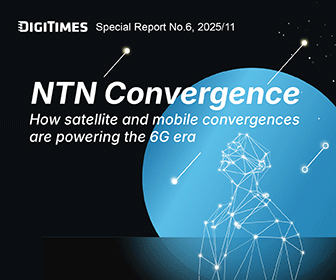The Chinese government is once again expanding the scale of its hydrogen energy industry and broadening overseas sales through two main methods: official policy support and substantial domestic demand.
This expansion has reached a level far exceeding that of other countries. China aims to initially replace foreign components in low-tech areas and then move towards harnessing the entire supply chain.
According to reports from Nikkei, China's hydrogen energy development has gained momentum since the government implemented two five-year plans in 2016 and 2021 and unveiled the medium- and long-term development plan for the hydrogen energy industry in 2022. Local governments and enterprises have contributed substantial subsidies and funds.
Although Japan was the first to propose the idea of creating a hydrogen energy society, its progress has been limited due to the high costs of hydrogen energy production and transportation. During this period, China has built numerous solar and wind power plants, which can be used to produce green hydrogen, making it easier to promote the use of low-cost hydrogen energy in cities.
Norwegian energy consultancy Rystad Energy estimates that China will produce 220,000 tons of green hydrogen annually from renewable energy by 2024, far surpassing the combined total of 6,000 tons from other countries.
Go Nakanishi, CEO of Chinese new energy consultancy Integral, pointed out that China's demand for green hydrogen is expected to reach millions of tons by 2030. Europe, North America, and Australia still have a long way to go to achieve this goal. Driven by huge domestic demand, China's hydrogen energy industry and technological upgrades will have an overwhelming advantage.
Leaving other countries far behind
China's demand for hydrogen energy extends beyond Fuel Cell Vehicles (FCVs) to industries such as petrochemicals and steel. Other countries will be left far behind if they remain in the small-scale pilot experimental stage.
Based on government support and huge domestic demand, China has developed several industries, including display panels, solar cells, wind turbines, electric vehicles, and power batteries. Hydrogen energy is also progressing along a similar path.
As the scale expands, there will be a better foundation for technological advancement. At present, the core components of hydrogen fuel cells manufactured in China, namely hydrogen fuel stacks, still lag behind similar products from Europe, the US, and Japan in terms of output power and service life.
Most of the hydrogen fuel cell vehicles made in China are commercial vehicles used for logistics and transportation with a range of around 300 kilometers. Even though they cannot match the speed and performance of Toyota's passenger hydrogen fuel cell vehicle, the Mirai, they can still be used in practical applications.
China began to develop its hydrogen fuel cells around 2018, initially relying completely on imports. Thanks to government subsidy policies, domestically produced components have finally made progress. However, for long-range large hydrogen energy trucks, key core components still need to be imported.
China's mainstream equipment for water electrolysis is Alkaline (ALK) water electrolysis hydrogen production equipment. Chinese manufacturers use traditional nickel catalysts, while makers in Europe and other regions use nickel alloy catalysts. In comparison, Chinese manufacturers' hydrogen production equipment has lower energy efficiency, but it is cheaper and has already gained a foothold in the market.
As a result, as long as the total cost of hydrogen production is lower, customers can accept less efficient equipment. Therefore, in the ALK water electrolysis equipment market, it is very likely to see a situation similar to that of solar panels.
Chinese ALK water electrolysis equipment is also being considered for export to Europe, Asia, and the Middle East, or local production directly in those regions.




